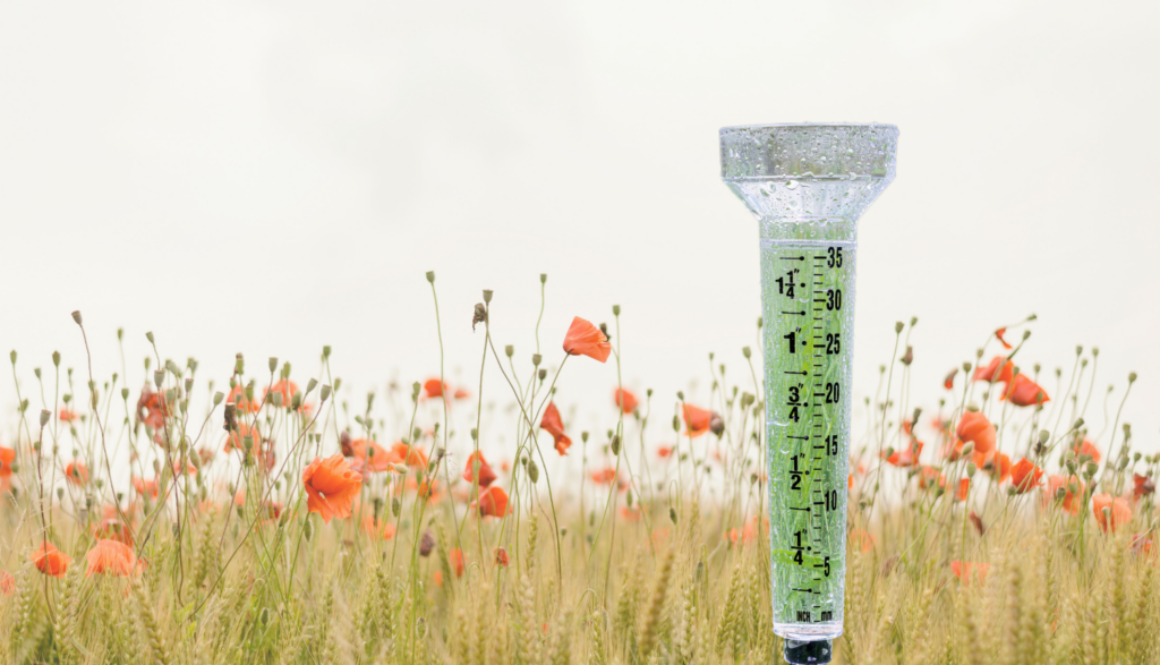Get A Rain Gauge For Your Garden
A rain gauge is one of the most underrated tools for your yard and garden. Because they’re so inexpensive, it’s also probably the tool where you’ll get the most bang for your buck. You can find very simple and inexpensive ones or more ornate and costly rain gauges. Whatever you choose, you’ll have it for years and the info it will provide you will be invaluable. Before you run out and grab one though let’s cover a few things. Here’s why you should get one and how you can use it to your advantage. What Is A Rain Gauge? If you’re not familiar already a rain gauge is simply just a way to measure rainfall. (Or, waterfall if you’re using a sprinkler.) Because your plants need water to flourish, it’s important to know if they’re getting the water they need. Local weather data collected by meteorologists can be helpful, but it’s not going to be specific to your yard or even your neighborhood. Weather data scientists have stations that they pull info from, so when you hear on the news that “we got a half inch of rain this week” you have to keep in mind that might’ve been ten miles from your home where the collection station was located. If you’ve lived in the Finger Lakes long, you already know that a measly ten miles can make a huge difference in weather patterns! Instead of wondering about your yard and if you got all the rain your landscaping requires, stick a rain gauge out and you’ll always have the exact rainfall data for your yard. How Much Water Do You Need? The amount of water your yard will need is going to vary based on a number of factors. We’re all going to have different amounts of shade, soil quality, and different plant life in our yards. Different combinations of these factors will mean every yard will have different needs. Most monoculture turf-style lawns in our region require about 1 to 1.5 inches of water per week. On average you’ll get about a half inch of water in thirty minutes of watering with a sprinkler. If you want to keep your lawn lush all season you’ll be doing a lot of watering during the times we’re getting less rain. One of the cases to be made for native plant landscaping is that they require significantly less water than lawns do. What yours will need is based on the types of plants you use, how much direct sun they get, and the soil quality. Some estimates indicate that native plant landscapes use only 1 inch of water per month. That’s roughly 75% less than a lawn needs! What To Get The beauty of rain gauges lies in their simplicity. The only thing they need to do is provide an accurate measurement of the water it collects. That’s it! You can get super simple type like this one made by Taylor for under a few bucks. It’s not much to look […]

